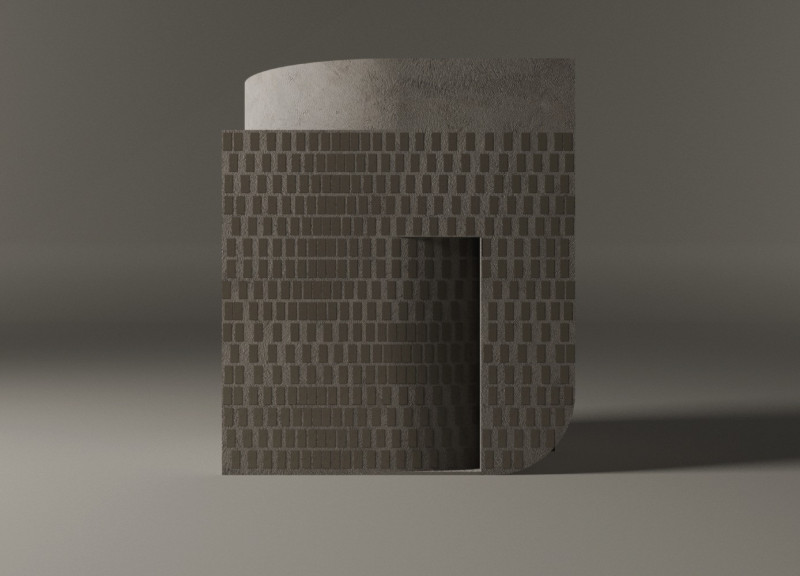5 key facts about this project
The project represents a commitment to blending modern living with contextual relevance. The architectural design incorporates natural elements, fostering a connection between the built environment and its surroundings. The layout features an intuitive circulation system that encourages interaction and accessibility, allowing residents and visitors to navigate the space efficiently.
The building's exterior is characterized by a combination of materials, including sustainably sourced wood, glass panels, and locally quarried stone. This choice of materials not only contributes to the project's visual identity but also emphasizes sustainability and durability. The design incorporates extensive green spaces, including rooftop gardens and landscaped courtyards that promote biodiversity and provide residents with opportunities for outdoor leisure.
Innovative design approaches distinguish this project from others within its category. A key feature is the integration of passive design strategies, which optimize natural light, ventilation, and energy efficiency. Large windows and strategically placed overhangs enhance indoor comfort while reducing reliance on artificial lighting and climate control systems. The project also employs smart building technologies that contribute to energy management and operational efficiency, further aligning with contemporary sustainability goals.
The communal areas within the project are thoughtfully designed to cultivate social interaction and community engagement. Multipurpose spaces serve as gathering points, accommodating events, workshops, and recreational activities. This emphasis on communal functionality reflects a deeper understanding of modern urban living, where community ties are essential to residents' well-being.
In summary, this project embodies a well-rounded architectural vision that merges practicality with aesthetic considerations. For those interested in exploring the nuances of this design, further examination of the architectural plans, architectural sections, and architectural ideas will provide deeper insights into the innovative strategies employed throughout the project.























